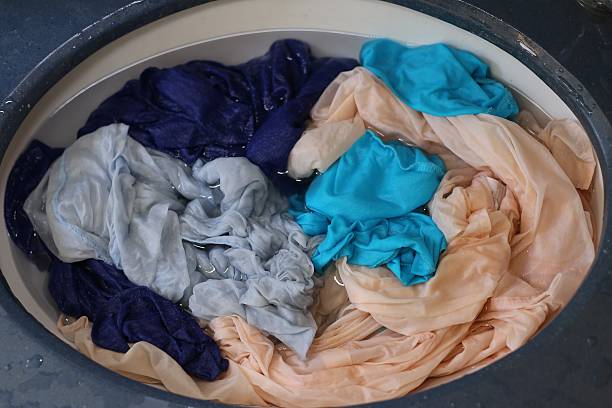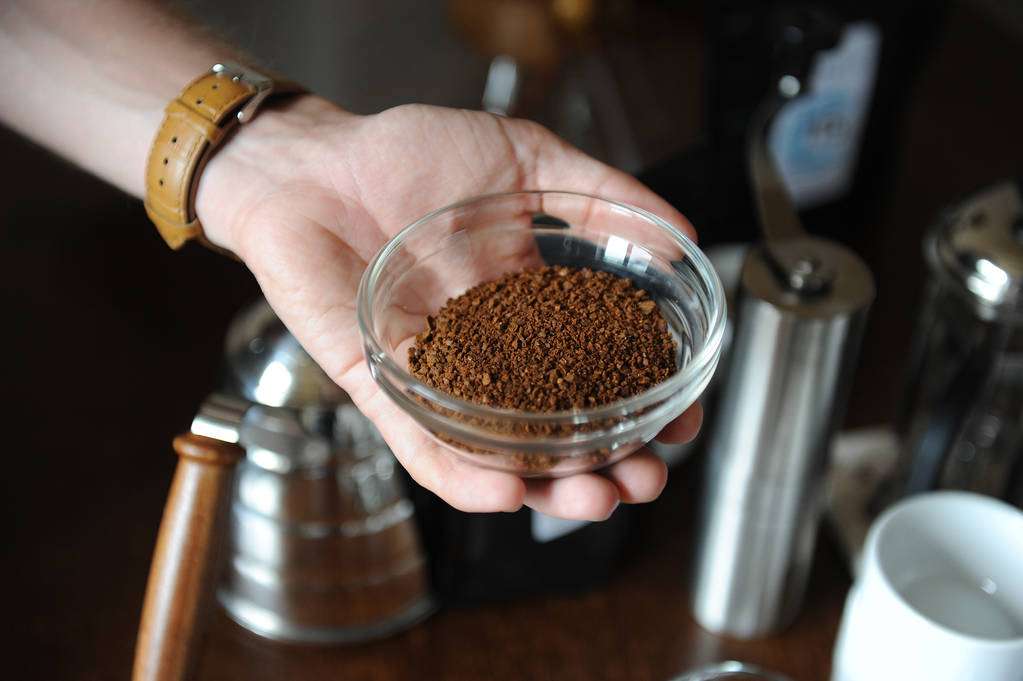Proper hand care is important to protect your hands. With simple tricks, you can avoid cracked and dry hands. Now use hand care home remedies for beautiful and well-groomed hands. Learn how olive oil and avocados care for your hands.
Soft and well-groomed hands are often a hallmark. And with a few simple tricks, you can ensure soft skin over the long term. Therefore, you should avoid certain mistakes in your hand care, such as using lukewarm water and pH-neutral soap.
That is why well-groomed and beautiful hands are important
Our hands are used every day and are very stressed. Well-groomed hands are also important in many professions. Because they make a good impression because they suggest that a well-groomed appearance is very important. Consequently, in some professions, well-groomed and beautiful hands can be seen as a calling card. This is why proper hand care is so important. And who doesn’t like beautiful hands?

The skin on our hands
The skin on the back of our hands is very thin and has only a few sebaceous glands and almost no fatty tissue. And the palms have no sebaceous glands at all. Therefore, they are less protected from degreasing or moisture loss. Our hands are therefore very sensitive, dry out quickly and age quickly. Frequent hand washing can remove additional moisture from our hands. In addition, external environmental influences such as cold, sun, and dry air put a strain on our hands.
Hand care tips for soft, well-groomed hands
Since you use your hands a lot and they have to endure a lot, you should pay attention to special hand care. This will prevent them from losing moisture or degreasing. And caring for your hands is not difficult at all. Also, note our useful tips and home remedies for dry hands.
1) Proper hand washing
Proper handwashing is crucial for hand care. That’s why you should never wash your hands too cold or too hot. Because it draws moisture from the skin. Consequently, it is recommended to use lukewarm water to clean hands. You should also use a pH-neutral soap. In addition, see our article on cleaning your hands with lemon or tips on making your own soap.
2) Choose a good hand cream
Since the hand often suffers from environmental influences or other work, effective hand care is required. And in the form of hand cream, you can ensure this. Because hand creams moisturize your skin. Consequently, cracks and drying out are prevented. But beware, not all hand creams are harmless. Therefore, it is better to use certified natural cosmetics and avoid the following ingredients in your cream. Also, note our tips for environmental protection in the household.
- Environmentally harmful substances such as synthetic polymers (polyquaternium-10, polyacrylamide, etc.)
- Mineral oil-based greases such as Paraffinum liquidum or Cera Microcristallina
- Dubious fragrances, such as Lilial (“butylphenyl methylpropional”)
- Questionable substances such as silicones, kinds of paraffin, or PEG
3) Protect your hands
Protect your hands when cleaning or gardening. You should also avoid excessive contact with water or chemical cleaning agents. Consequently, you avoid unnecessary dehydration of the skin and the development of cracks. Therefore, always use air-permeable gloves for such work. You can also read about natural home remedies for cleaning, such as the home remedy citric acid.
4) Take care of your nails
A well-groomed hand needs beautiful, well-groomed nails. Consequently, when applying cream, you should also apply the cream to your nails and the skin around them. There is also special nail cream that you can use. A balanced diet can also help to get beautiful nails. Because nails need vitamins and trace elements. Accordingly, eat more fruit, vegetables, or whole-grain products.
The best hand care home remedies
Not only the practical tips are beneficial for hand care. Home remedies can also help you care for your hands. And the good thing is: that the application of the hand care home remedy is quick and easy. You can take the following measures for effective hand care:
5) Hand bath for effective hand care
A tip for the soft and delicate skin on your hands is to use a hand bath to care for it. For this, you need a liter of lukewarm milk. Then add 5 tablespoons of olive oil and soak your hands in it for about 10 minutes. Afterward, your hands are nice and supple. In addition, note other healthy oils and their effect on your body.
6) Hand peeling with olive oil and salt

If you want to make your hands soft and supple, spoil them with a homemade hand scrub. There are several recipes for this, all of which are effective. For example, you can add a teaspoon of sugar when creaming your hands. Or make a hand scrub with 1 tablespoon olive oil and 1 tablespoon salt. Then mix it well and massage it into the skin in circular motions. Also, note our other recipes and instructions for peelings.
7) Olive oil for soft skin
As you may have noticed, olive oil is a real miracle product. Because it is rich in antioxidants and ensures soft skin. As a result, you can massage your hands with it before bed and leave it on overnight. Or use one of the other numerous ways in which you use olive oil as an additive. In this way, you contribute to the regeneration of your skin.
8) Coconut oil hand care against dry hands
You can use the miracle cure coconut oil very well for your hand care. And so you can do your hand care yourself quickly and easily. The coconut oil has a moisturizing effect and is a good tip against dry skin. Accordingly, you can apply it to your skin several times a day and massage it for a few minutes.













